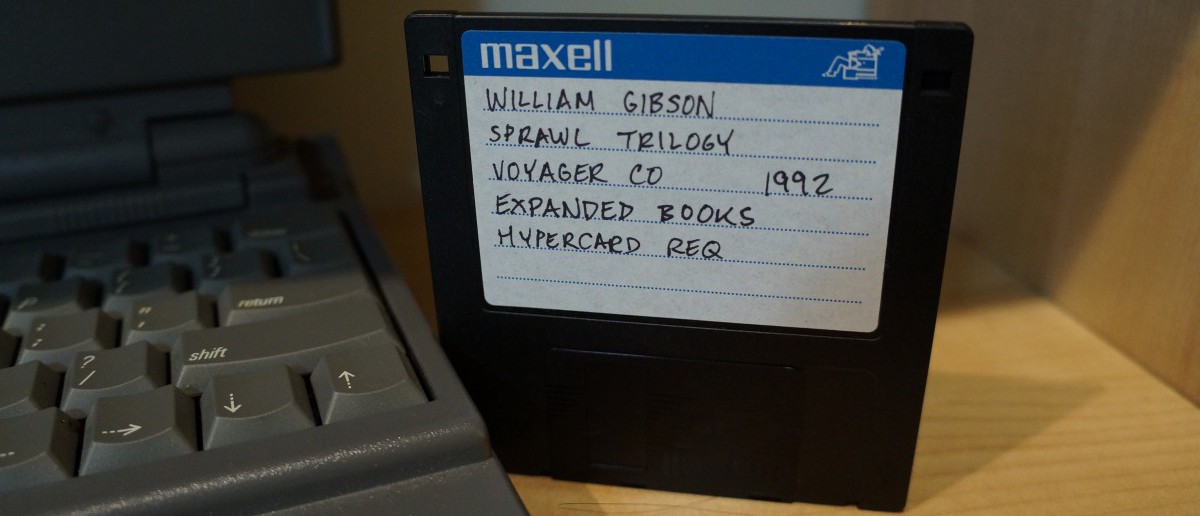During the first ten minutes of today’s class, write a summary memo on the topics that stood out in your mind while reading Chapter 7, “Structure in Digital Storytelling” in Miller. There are rich descriptions of types of structures. Which of these can you think of examples of? We will discuss these after you’ve had a chance to write your memos and collect your thoughts.
4 thoughts on “Beginning of Class Writing: Chapter 7, Structure in Digital Storytelling”
Leave a Reply
You must be logged in to post a comment.




In chapter 7 Miller brings one of the most important issues of story telling to the table in my opinion. She discusses structure and how to maintain order or direction while allowing the user to maintain control or free navigate. While the job of game design falls on the games designers the plot is up to the author, the what happens next element that is maintained throughout the story. Though its dated the three act structure is the one most stories are based upon, the beginning middle and end tower. It gets applied both consciously and unconsciously in the respects of story design, some are clearly modeled after it others more subtly and in a less obvious fashion. In shaping the story there are choices to be made at a macro and micro level, choices about movement, interaction, object placement or its ability to move. Macro decisions deal with larger things like level and NPCs and what the character will encounter when and where. The questions on page 114 are good starter points when designing a narrative. The other important things to remember are the ifs, if this then that, action and reaction what happens if a character chooses x over y. What resonated most from this chapter for me is how you want the story to play out and how aware you want the user to be of the phase of the story they’re in.
To: Professor Ellis
From: Mariah Rajah
Re: Chapter 7 Summary
Date: March, 2th, 2016
Miller’s Chapter 7, laid what I believe to be the foundation for good digital storytelling. In the chapter she explains structure as it related to the framework of a story and how it holds up the story for the rest of elements to fill in. Structure according to Miller, is from the smallest to the largest points which keeps up and in some way as all structures do to support the overall building blocks of a digital story. As we have encountered in chapters before there are many elements that go into telling a digital story however in this chapter we see the ‘guts’ if I may say as to what actually goes into a story and the ways in which the structure actually gives shape to the making of the story. A key takeaway I got from this chapter was the breakdown of branching structures and the way in which this type of structure interconnects the parts of a story from one single idea and carries out the story in such a way that it not only is being told but also how it is being told. A structure of the story is not the plot of the story which can be confused. A structure gives shape and helps to bring together the ideas in under which the story will take shape.
To: Professor Ellis
Form: Pamela Drake
Subject: Digital Storytelling – Summary of Chapter 7
Structure in Digital Storytelling
Date: March 2, 2016
Chapter seven of Digital Storytelling by Carolyn Handler Miller describes structure as the most important element of digital storytelling. Without structure that is nothing to keep the story together and provide shape. Yet when trying to provide a story that is free and interactive, it is challenging to also give it structure and form. Not to be confused with the plot, the structure determines where things go. Therefore, what the begining, the middle, and the end is determined by the structure. Miller raises the question of interactivity and how it combines with the story. It is structure that is used to actively build the interactivity. Often, the structure is developed using small elements first.
To: Professor Ellis
From: Jodieann Stephenson
Subject: Digital Storytelling – Summary of Chapter 7
Date: March 2, 2016
In Miller’s Chapter 7, is an explosive account on digital storytelling. She introduces readers to the history of digital storytelling and the different elements of storytelling. One of the key elements that Miller emphasizes on is the idea of structure. Structure is the most important element element because it creates the foundation for a good storytelling. It is almost a linear approach to creating a unique path to storytelling. Also, structure allows a story to have meaning and shape. As we look at the beginning of history from oral storytelling, traditional ways of storytelling, now to digital storytelling, one thing remains same and that is structure. It is safe to say that a story with structure is like holding a readers hand through a story which gives them a unique experience. Structure essentially is the most exclusive part of the story because it connects ideas, to pivotal scenes to characters to unforeseen events in the story. Sometimes it can be difficult because a story can be written with one intended structure, however humans can create other structures essentially changing the structure of the story while reading.